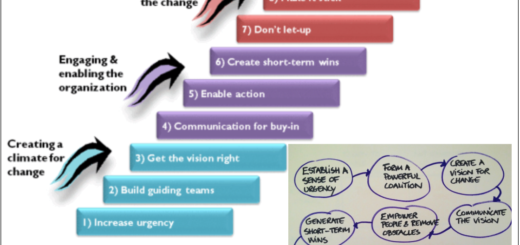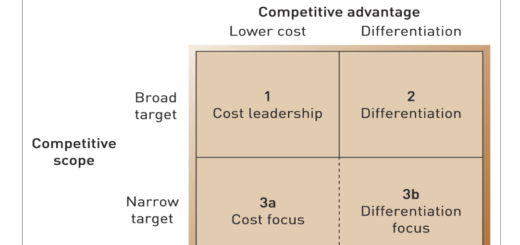Strategy’s Three branches: Context, Content & Process
Strategy can be viewed as having three branches in terms of context, content, and process:
- Context: The context of strategy refers to the external environment in which the organization operates, including the economic, social, political, and technological factors that impact its performance. Understanding the context is critical for organizations to identify opportunities and threats and to develop strategies that are aligned with the external environment.
- Content: The content of strategy refers to the specific actions, decisions, and plans that the organization will take to achieve its goals. This includes the formulation of the vision, mission, and objectives, the identification of target markets and customers, and the development of products and services. The content of strategy defines what the organization will do and how it will do it.
- Process: The process of strategy refers to the steps and methods used to develop and implement strategies. This includes the methods used for situation analysis, the formulation of strategy, the allocation of resources, and the monitoring and evaluation of performance. Effective strategic management requires a systematic and rigorous process to ensure that the strategies are aligned with the organization’s goals and that they are implemented effectively.
In conclusion, the three branches of strategy – context, content, and process – are interrelated and must be considered together to achieve effective strategic management. Understanding the context in which the organization operates, developing well-defined strategies and plans, and implementing them through a rigorous and systematic process are all critical components of effective strategic management.




